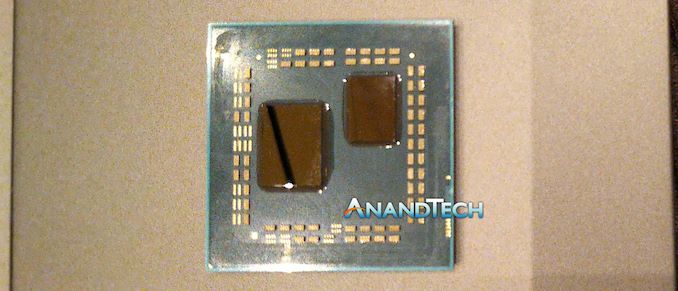- Joined
- Feb 3, 2017
- Messages
- 3,988 (1.32/day)
| Processor | Ryzen 7800X3D |
|---|---|
| Motherboard | ROG STRIX B650E-F GAMING WIFI |
| Memory | 2x16GB G.Skill Flare X5 DDR5-6000 CL36 (F5-6000J3636F16GX2-FX5) |
| Video Card(s) | INNO3D GeForce RTX™ 4070 Ti SUPER TWIN X2 |
| Storage | 2TB Samsung 980 PRO, 4TB WD Black SN850X |
| Display(s) | 42" LG C2 OLED, 27" ASUS PG279Q |
| Case | Thermaltake Core P5 |
| Power Supply | Fractal Design Ion+ Platinum 760W |
| Mouse | Corsair Dark Core RGB Pro SE |
| Keyboard | Corsair K100 RGB |
| VR HMD | HTC Vive Cosmos |
What Ryzen so far benefits from with fast memory is the increased IF link speed between CCXs which should be slower no matter what memory timings or speed gets to be.I mean, you get very fast memory and have to push it through a thin straw of halved IF to CPU cores. Sure if IF at 1250Mhz is significantly faster than memory at 5000 then it is not a big issue but if not - you loose that gained speed from increasing memory frequency. The more important thing when running IF at half speed would be timings. Whatever you gain from better timings in memory modules you loose much more in IF lagging behind - memory chip optimisation would gain us 10-20ns while IF running at half speed would loose us a 50ns easily?
Edit: reading up on IF speeds in current Zen, I assume AMD doubled the width of IF links from CCX to RAM, otherwise the divider would also limit RAM bandwidth.
This is the entire problem and reason for introducing the divider - IF cannot run at that high a clock. There is hope that AMD has improved IF in Zen2 but we will ahve to wait and see what approach they have taken with it.Now, if AMD would be to introduce 2x IF multiplier, that would enable use to lower delays introduced by slow IF link...
Consider somewhat slow memory at 3000 that results in IF running at 1500 and apply 2x to that to get IF running at 3000?
Last edited:










